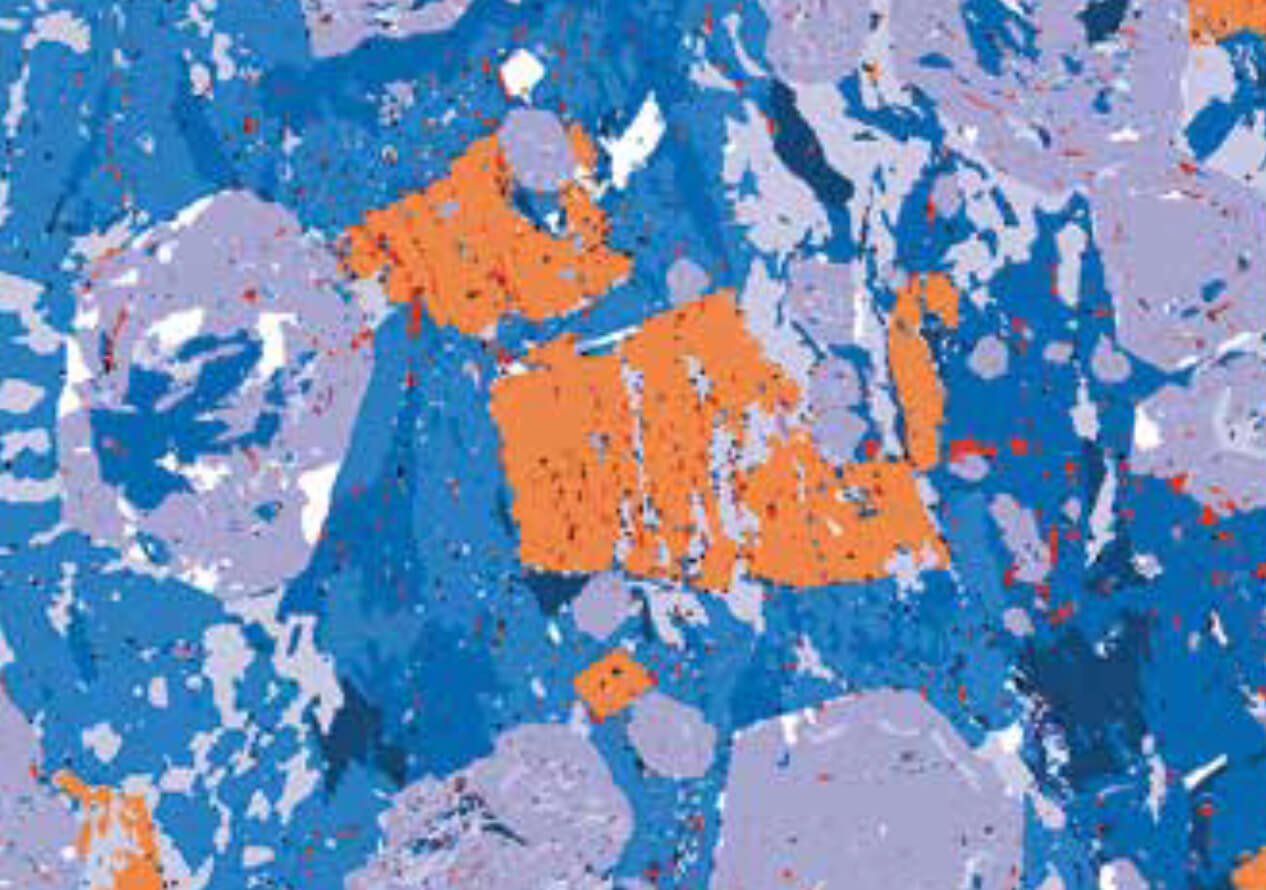
How to Cite
Share
Abstract
The mineral rutile (TiO2) is a major ore of titanium, which is used in products such as white pigment and titanium metal. The global consumption of titanium minerals in 2011 was c. 6.7 million tonnes of which 0.7 million tonnes were rutile and 6 million tonnes ilmenite (TiFeO3). Rutile is almost pure TiO2 and therefore more valuable than ilmenite (c. 1500 $/t and 300$/t, respectively). Compared with ilmenite, rutile can be processed with lower consumption of chemicals and yields less waste products. Rutile was mined in Cameroon between 1935 and 1955 when a total of 15 000 tonnes of rutile were extracted from alluvial deposits. The French Bureau de Recherches Géologiques et Minières conducted a drilling programme in Cameroon in the 1980s which identified c. 2.6 million tonnes of rutile in discontinuous occurrences with concentrations of c. 1%. Most of the occurrences are located in small- to medium-sized riverbeds with a thickness of 1.5–4.5 m. The main alluvial rutile area is located around the town of Akonolinga, 80 km east of Yaoundé, the capital of Cameroon (Fig. 1). The rutile in the alluvial deposits was derived from the bedrock by weathering, and at some sites major, residual rutile deposits are reported from Quaternary lateritic deposits. The Geological Survey of Denmark and Greenland conducted a project together with the Institut de Recherches Géologiques et Minières in Cameroon to gain a better understanding of how rutile formed in the bedrock before it was weathered out and try to tie the rutile in the alluvial deposits to its source rocks. This is done by studying the compositional variation of the rutile in the alluvial deposits and comparing it with possible bedrock sources. The compositional variation of ilmenite and monazite ((La,Ce)PO4)) and the age distribution of zircon (ZrSiO4) in alluvial sand and bedrock were also investigated. The chemical compositions of minerals in the sediments are used to infer the bedrock source of the minerals. This has particular application in many areas of Cameroon, such as the southern part of the country which is characterised by low relief and dense rain forest with bedrock outcrops that are sparse and difficult to find. Cameroon is a country in west central Africa (Fig. 1) and is called ‘Africa in miniature’ because of its cultural, geological and landscape diversity. The landscape includes beaches, deserts, mountains, rain forests and savanna. The highest point is the active volcano Mount Cameroon (4095 m), and the country is home for over 200 different linguistic groups with French and English as the official languages. Compared with other African countries, Cameroon is politically and socially stable. The country covers an area of 475 442 km2 with a population of c. 20 million of which 70% are Christians and 20% Muslims.
How to Cite
Share
Copyright (c) 2013 Christian Knudsen, Joseph Penaye, Martin Mehlsen, Roger K McLimans, Feiko Kalsbeek

This work is licensed under a Creative Commons Attribution 4.0 International License.
Downloads
Edited by Ole Bennike, Adam A. Garde and W. Stuart Watt
This Review of Survey activities presents a selection of 17 papers reflecting the wide spectrum of activities of the Geological Survey of Denmark and Greenland, from the microscopic to the plate-tectonic level.
The Survey's activities in Denmark and surrounding areas are [...]









